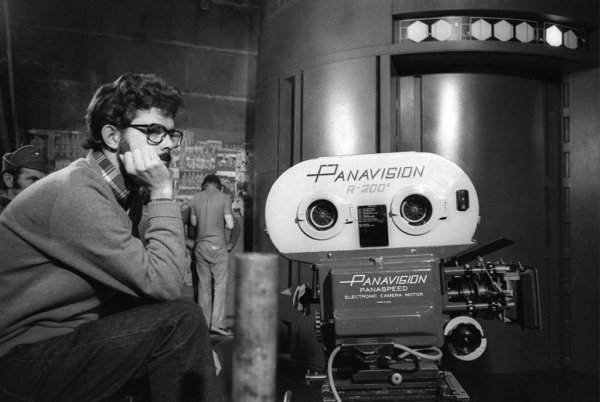As much as we movie buffs hate to see the end of celluloid, we know its going to happen sooner rather than later.
In fact, we recently reported on TG that the major studios are no longer going to send film prints to theaters, and the cut off point where theaters better have digital projectors will be next year.

It was when I saw an article in England’s The Independent that I was thinking of all this again, but from a much different perspective. The article was about “a 35mm survivor,” a theater projectionist from England named Dave Norris, who did his job for thirty years before ultimately leaving. The first film Norris ever operated as a projectionist was The Empire Strikes Back, and the last was Snow White and the Huntsman.
When he applied for his projectionist job, Norris was told he was the only applicant who was passionate about movies. He recalled when he would work a premiere the filmmakers themselves would often come down, and he got to meet David Lean, the master filmmaker of Lawrence of Arabia and Doctor Zhivago, when his last film, A Passage to India, debuted in 1984. Norris also was in charge of the projectors for 25 Royal Performances, and ten of those were James Bond films.
Now digital has taken over, and Norris told the Independent, “I can’t remember the last time I screened a 35mm film to the public,” and that “the problem is that now, if something goes wrong in a screening, there’s nobody there to fix it.” He also mentioned he doesn’t go to the movies anymore. “I’ve a friend who can’t sit and watch a film with the public anymore,” he said. “I’m sort of the same.”
Back in 1979, David Fincher, the director of Fight Club and The Social Network, worked as a projectionist because he said in interviews he wanted to see how film worked, and watching movies like Alien and All That Jazz over and over again was a crucial step in his development.
Quentin Tarantino has also been incredibly vocal about how much he loves his collection of film prints, and he once said it gives you more of a feeling of accomplishment as a filmmaker to have an actual print than to have it shrunken down to a VHS tape, or disc.
And right before I finalized this blog post, I was talking with a crew guy who laments working on digital shoots, saying that film has such a wider range, but again, the writing’s on the wall.
There will probably even come a day where within the next generation or two people won’t know what a print or a reel of film is, which is unfortunate, so in the brief time that’s left, I’ll enjoy what’s out there for the next local revival screenings while I still can.






